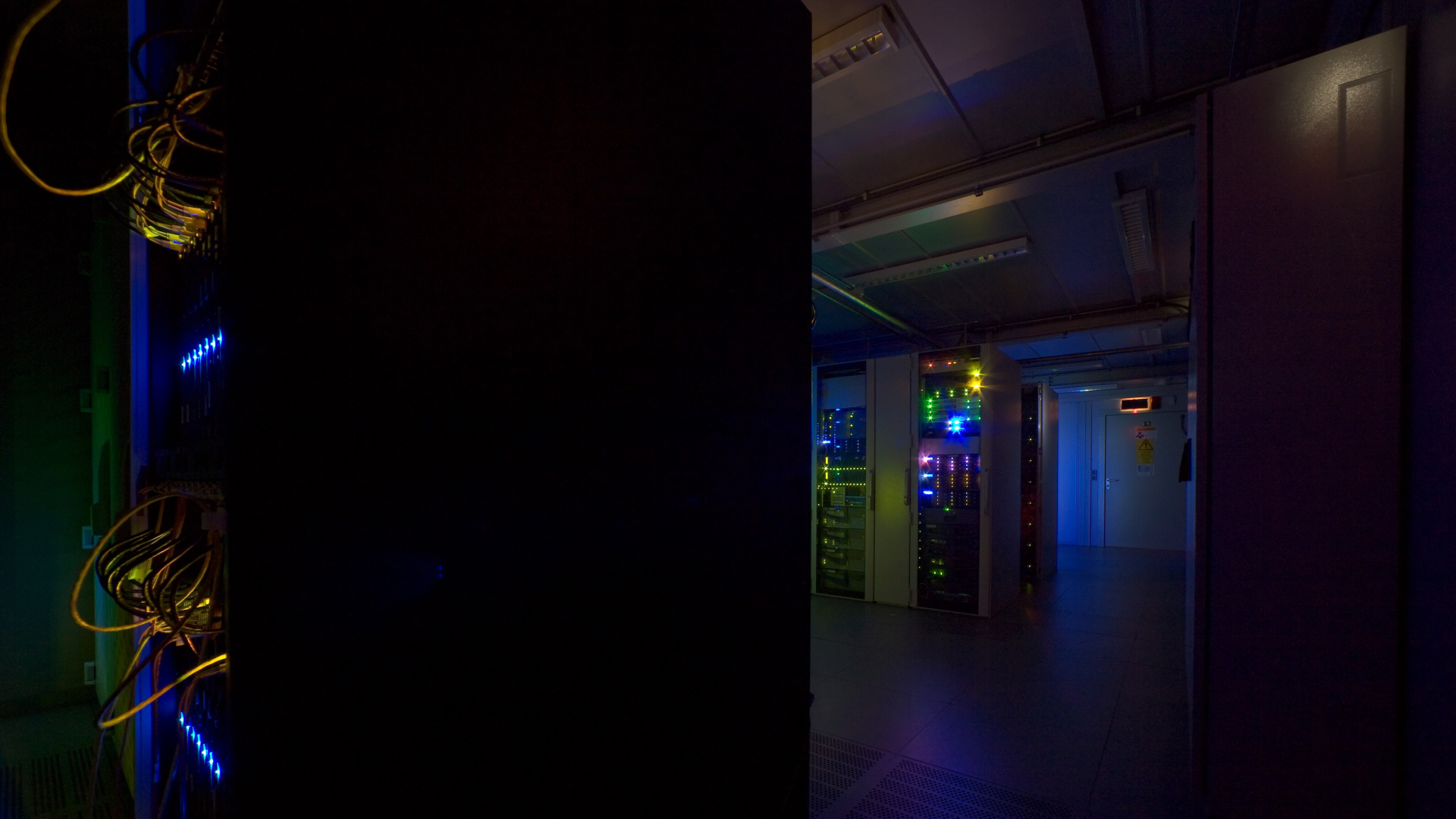China launches hyperspectral Earth-imaging satellite to orbit (video)
The satellite adds to China's Earth observation system.
China continued its rapid pace of space launches with a mission to add new capabilities to the country's Earth observation system.
A Long March 2D rocket lifted off Thursday (Dec. 8) at 1:31 p.m. EST (1831 GMT; 2:31 a.m. Beijing Time on Friday, Dec. 9) from the hill-surrounded Taiyuan Satellite Launch Center in the northern province of Shanxi.
Aboard the flight was the Gaofen 5 (01A) hyperspectral imaging satellite, which will join the civilian China High-resolution Earth Observation System (CHEOS). It will operate from an altitude of roughly 417 miles (672 kilometers) above Earth in a sun-synchronous orbit.
Related: The latest news about China's space program

Hyperspectral imaging means that Gaofen 5 (01A) will monitor hundreds of very narrow channels of light, focusing on the long-wave infrared range. This will allow the satellite to produce images indicating the chemical-physical composition of objects in the image.
The satellite also carries an atmospheric trace gas differential absorption spectrometer and a wide-range thermal infrared imager, according to China Space News.
Chinese media report that the satellite's remote sensing capabilities will be used for applications in diverse fields, such as pollution reduction, environmental monitoring, natural resource surveys and climate change studies.
Breaking space news, the latest updates on rocket launches, skywatching events and more!
The satellite was developed by the Shanghai Academy of Spaceflight Technology (SAST), a major arm of the state-owned China Aerospace Science and Technology Corporation (CASC), the country's main space contractor.
SAST also developed the Long March 2D rocket used to launch the satellite. China has also sent two earlier Gaofen 5 series hyperspectral satellites to space.
Follow us on Twitter @Spacedotcom and on Facebook.

Andrew is a freelance space journalist with a focus on reporting on China's rapidly growing space sector. He began writing for Space.com in 2019 and writes for SpaceNews, IEEE Spectrum, National Geographic, Sky & Telescope, New Scientist and others. Andrew first caught the space bug when, as a youngster, he saw Voyager images of other worlds in our solar system for the first time. Away from space, Andrew enjoys trail running in the forests of Finland. You can follow him on Twitter @AJ_FI.
